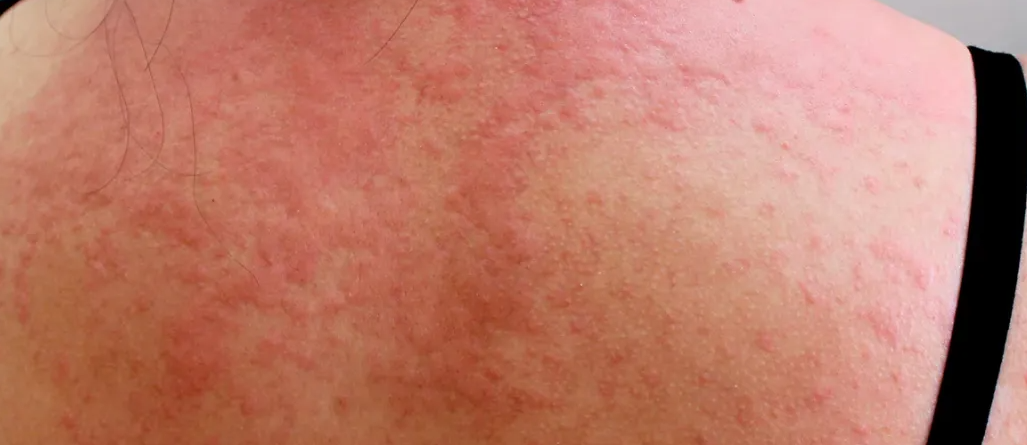What is a skin rash? its types, symptoms and prevention?
What is a skin rash?
A skin rash occurs when skin becomes red, inflamed and bumpy. Some skin rashes are dry and itchy. Some are painful. Many things can bring on a skin rash, including viruses, bacteria, allergens and skin conditions like eczema.
How common are skin rashes?
Almost everyone develops at least one skin rash during their lifetime. It’s extremely common to sometimes feel itchy or have red, bumpy skin for a little while.
What are the types of skin rashes?
There are many different types of skin rashes, including:
Contact dermatitis: This form of dermatitis occurs when your body reacts to a substance that it doesn’t like. Lots of people are allergic to fragrances, preservatives, nickel (often found in costume jewelry) and poison ivy. Common irritants include soaps, detergents, chemicals and household cleaners.
Eczema: Also called atopic dermatitis, eczema often develops in infancy and often gets better as a child grows. It tends to run in families (genetic). People who have asthma or allergies are more likely to have eczema, too.
Hives: Also called urticaria, hives cause raised, red, itchy skin welts. You may get hives if you have an allergic reaction to airborne allergens or insect stings. Extreme temperature changes and certain bacterial infections can also bring on hives.
Psoriasis: This lifelong skin disorder causes a thick, scaly rash. The rash often forms on the elbows, knees, lower back, scalp and genitals. Psoriasis can be inherited.
Viral: Skin rashes are a common symptom of many viral conditions, such as chickenpox, measles .
What are the symptoms of a skin rash?
Skin rash symptoms vary depending on the type and cause. Rashes can develop in one area of the body or all over. A skin rash may be:
- Dry.
- Blistering
- Blotchy.
- Burning or stinging.
- Flaky or scaling.
- Hive-like (welts).
- Inflamed or swollen.
- Itchy.
- Painful.
- Red.
How anyone can prevent a skin rash?
You might lower your chances of developing a skin rash if you:
- Avoid known triggers, such as allergens and irritants.
- Don’t share personal items or clothing with anyone who has a virus that causes a rash.
- Use mild, fragrance-free, hypoallergenic soaps, cleansers and moisturizers.
- Wash hands immediately after coming into contact with a known allergen or irritant.




Leave a Reply